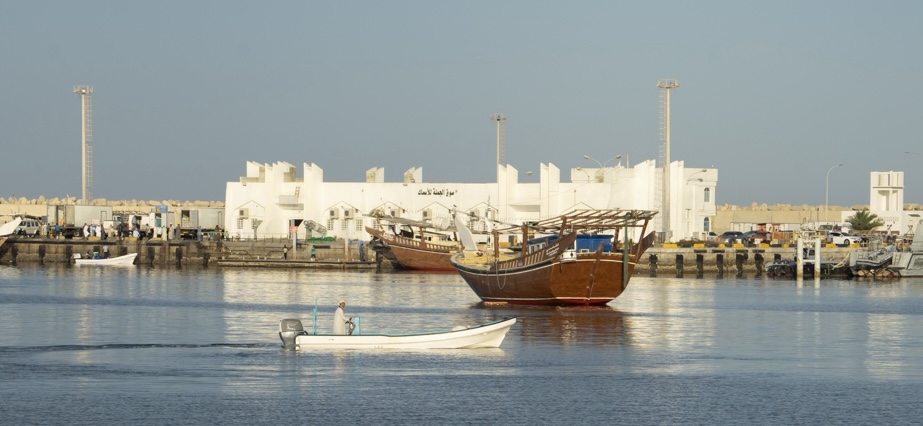
by aramatzne@gmail.com | 28 Apr 2025 | Roads Taken
Two of my favorite things
I recently spent two weeks in Oman visiting a dear old friend. He indulged me and (surprise!) we did a road trip down the coast. ‘The coast’ is the Gulf of Oman on the Arabian Sea in the Indian Ocean. The Tropic of Cancer runs through the capital city of Muscat, where we began our journey, and the water was nothing short of tropical delight bordered by all forms of desert. I never knew there were so many variations in desert habitat – dunes, rocky plains, wadis (dry river beds), rocky ridgelines, scrubby- shrubby plains, scattered trees. We saw camels, both owned and wild, and frankincense trees–the power behind Oman’s ancient wealth and expansive empire. We explored the Arabian oryx sanctuary, and the sea turtle research center, went to the dhow shipyards, archeological sites, and industrial ports.
The return road from Salalah, a tropical enclave surrounded by mountains near the Yemen border, also went through desert. This stretch of desert, called the ‘Empty Quarter,’ lacked the bordering ocean, and we decided that the Empty Quarter, which runs some 600 miles from the Yemen border to the northern mountains, should be renamed the ‘Empty Three-quarters.’ There’s a town in the middle of this expanse, strategically placed because it’s in the middle of this expanse. Travelers stop for the night. No frills, but after a day of desert, and before a day of desert, it’s a welcome respite.
Photos more or less in order from north to south and back again…

The Grand Mosque, Muscat
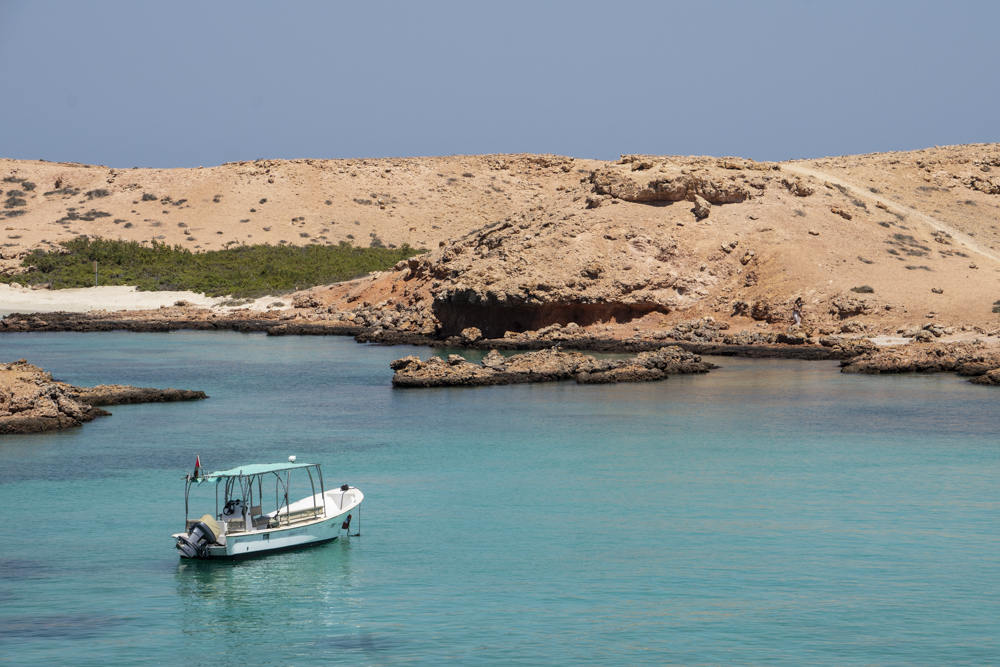
Daymaniyat Islands
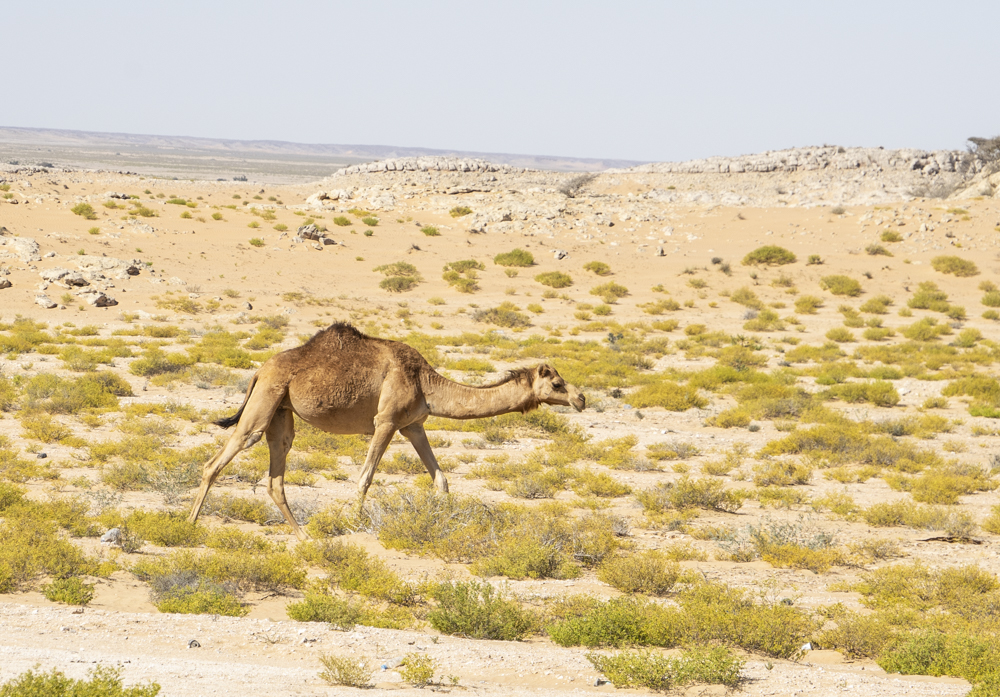
Roadside camel
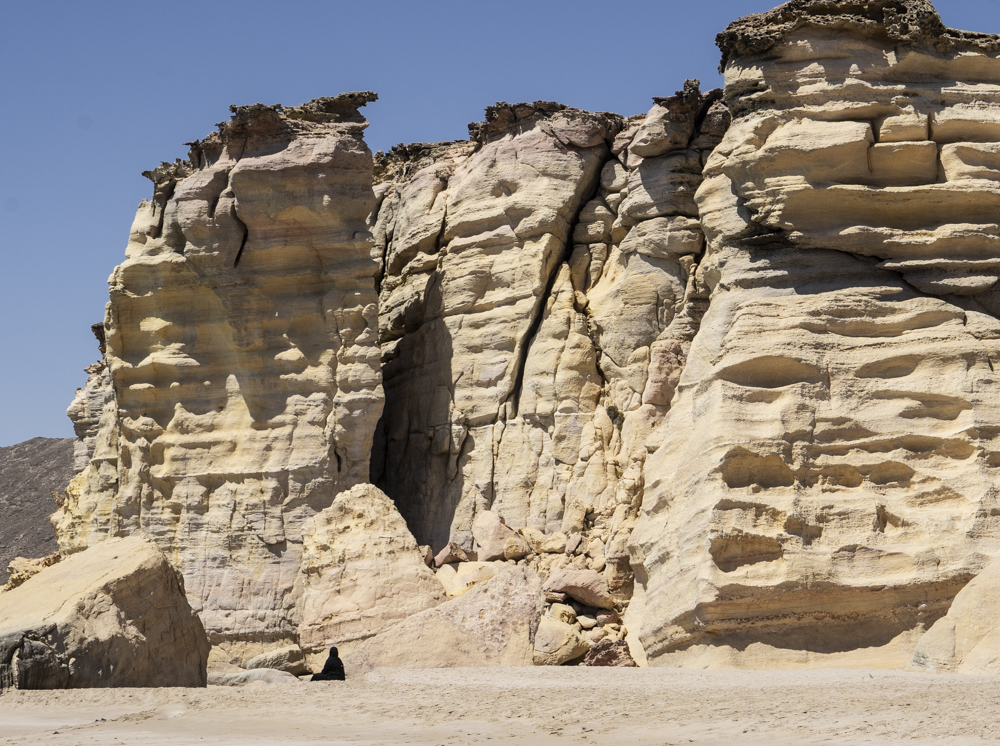
Sea turtle reserve, Mom at the beach
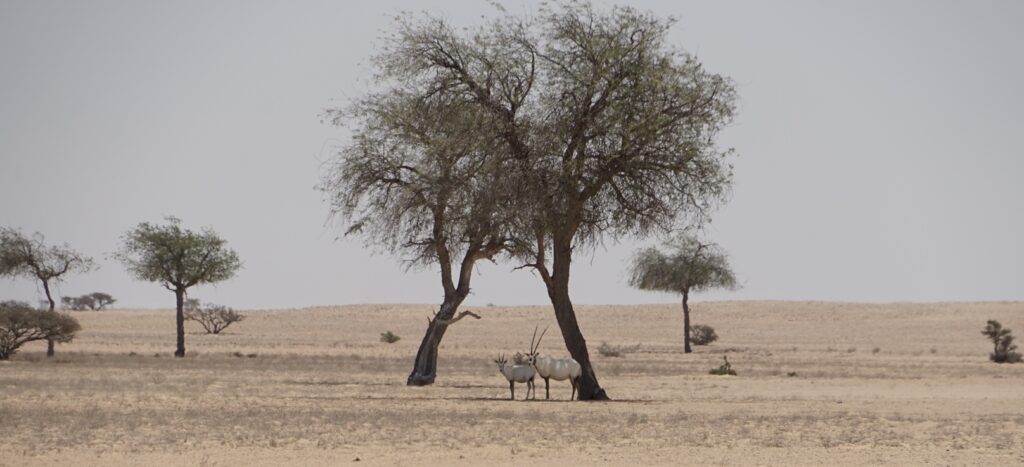
Arabian oryx

Oryx reserve

Dhows in port
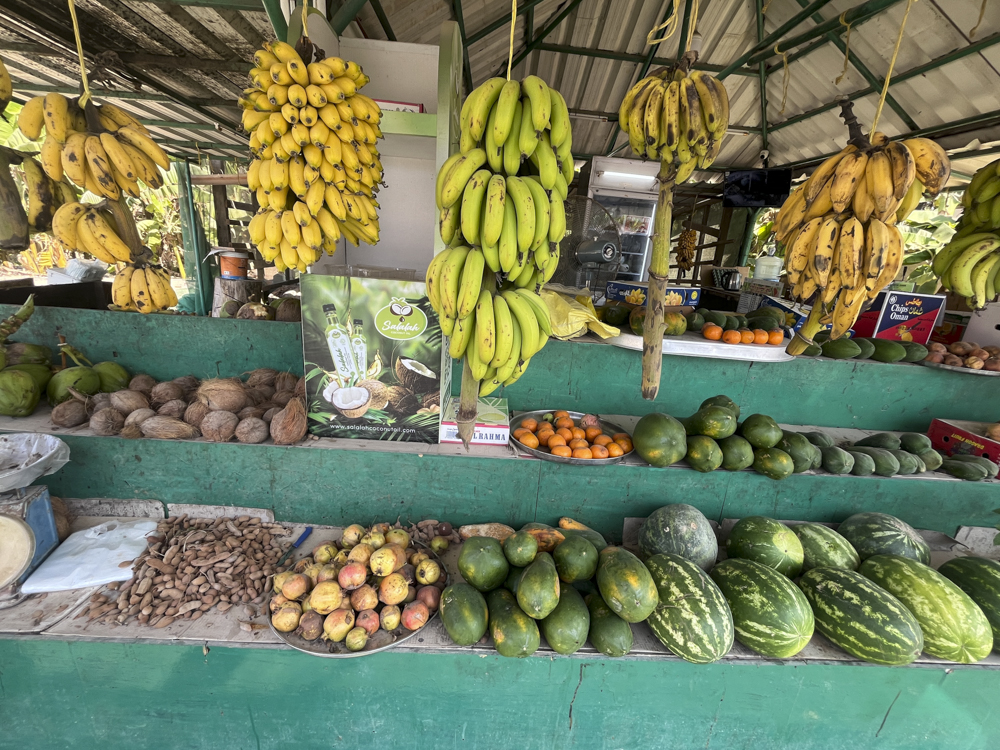
Salalah farm stand
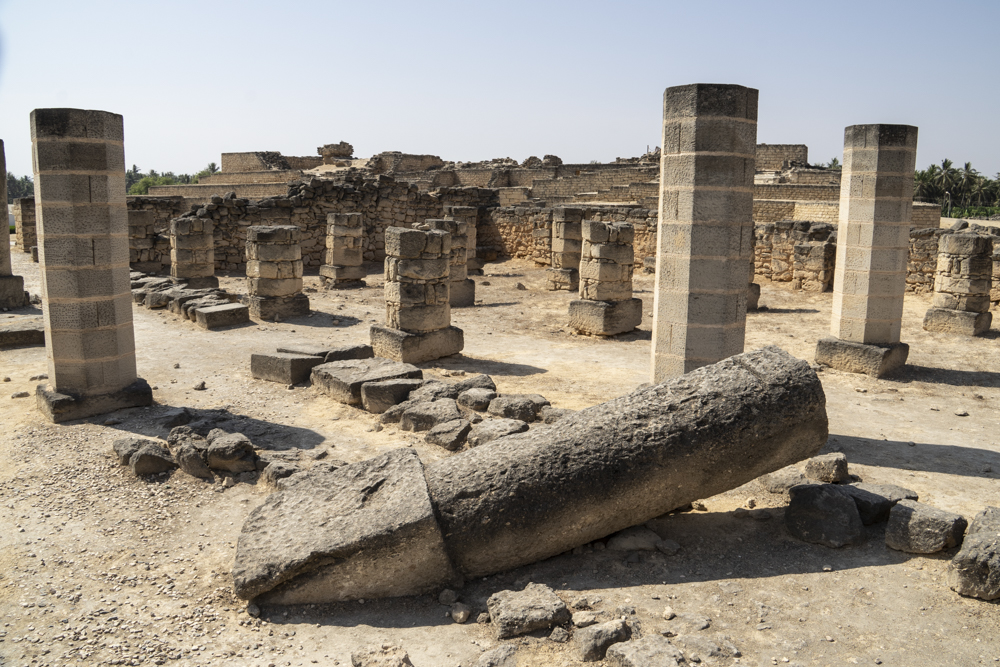
Al Baleed Archeological Park, Salalah, Dhofar, built in the 6th century
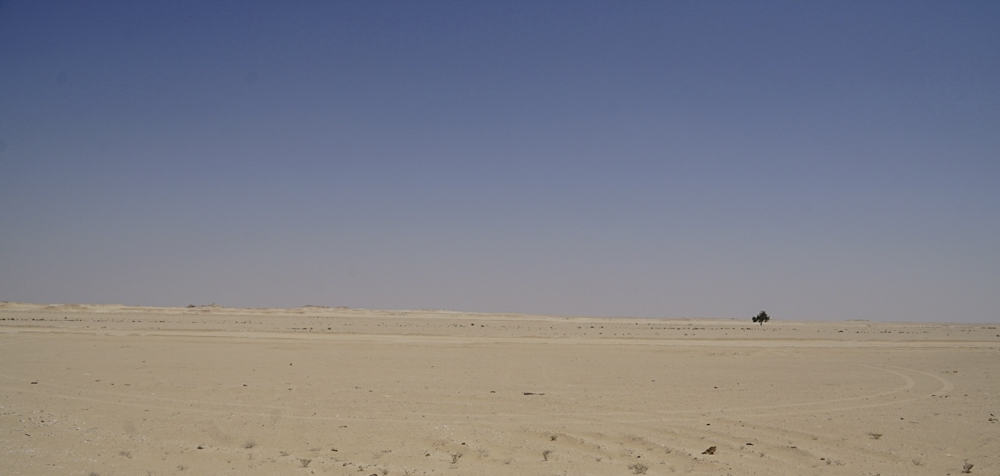
The Empty Three-quarters
Like this:
Like Loading...
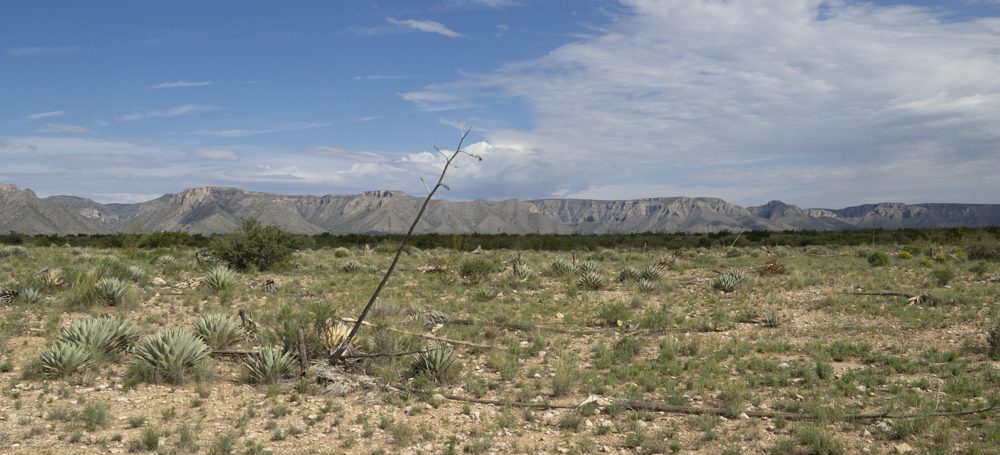
by aramatzne@gmail.com | 24 Mar 2025 | Roads Taken
Time
It’s been a long time since I’ve posted anything… though not the length of the Paleozoic. Fear not, I’ve been busy writing away on a variety of projects. Including this:
Talking about ancient life and the Paleozoic Era (252 to 541 million years ago) in New Mexico elicits various unexpected responses. Oh, cool! The ancient Puebloans. Well, no. A little further back. Great! Dinosaurs. Charismatic megafauna get all the press, but no, earlier in geologic time. Occasionally, Oh. I tried that diet. No, again. Long before people living the Paleo diet, those who walked through White Sands at the end of the last ice age, and before New Mexico’s famous dinosaurs, the Bisti Beast and Coelophysis (74 and 208 million years ago, respectively), what we now call New Mexico was a dynamic landscape teeming with life.
This is the opening paragraph from a piece I wrote that was just published in El Palacio, in collaboration with the Museum of New Mexico Foundation and the New Mexico Department of Cultural Affairs. Before the famous fossils: Ancient Life in the Paleozoic Era of New Mexico (click to read!) is a brief history of 250 million years, and an introduction to the new permanent Ancient Life exhibition that opened at the museum in February.
If you’re in Albuquerque anytime soon, I hope you’ll take it in.
Some photos not published in the magazine follow.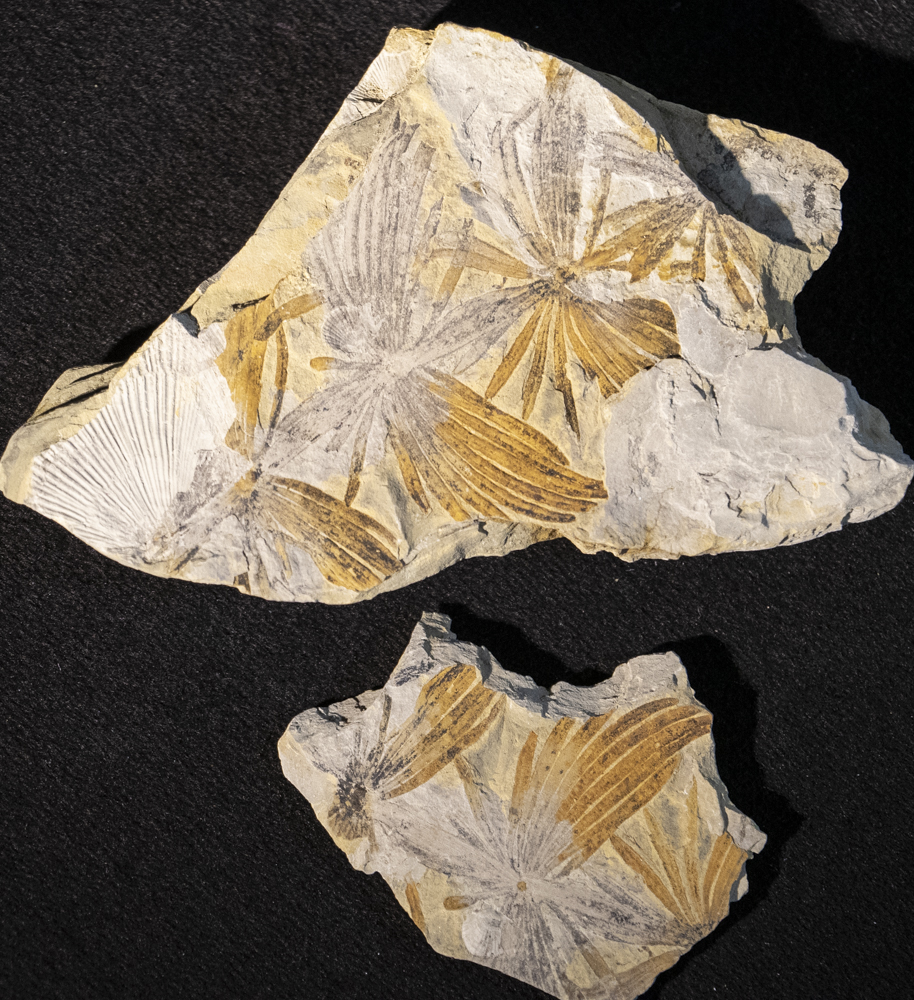
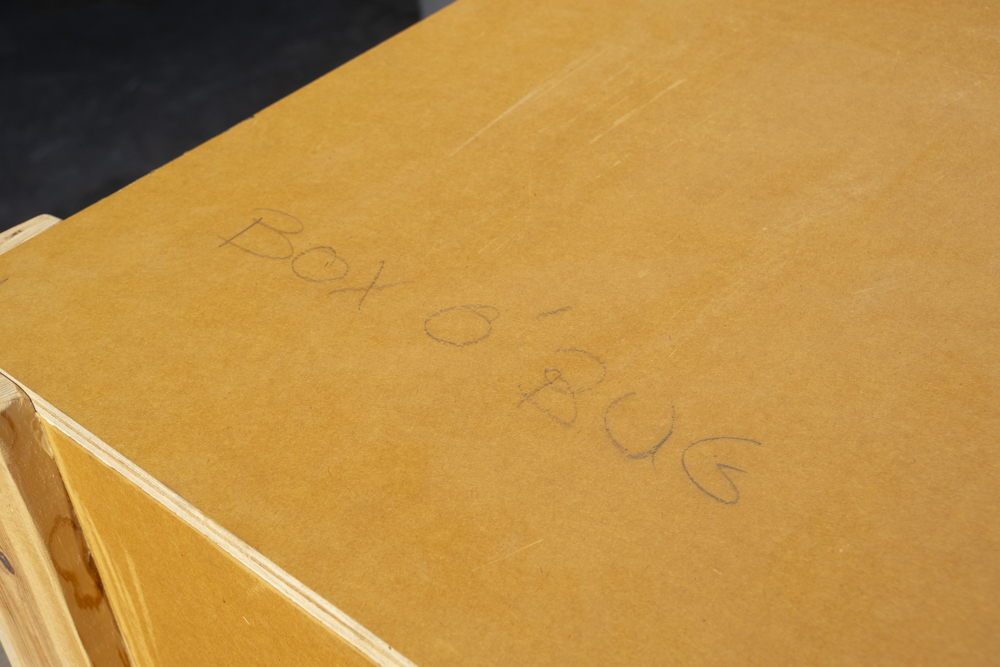
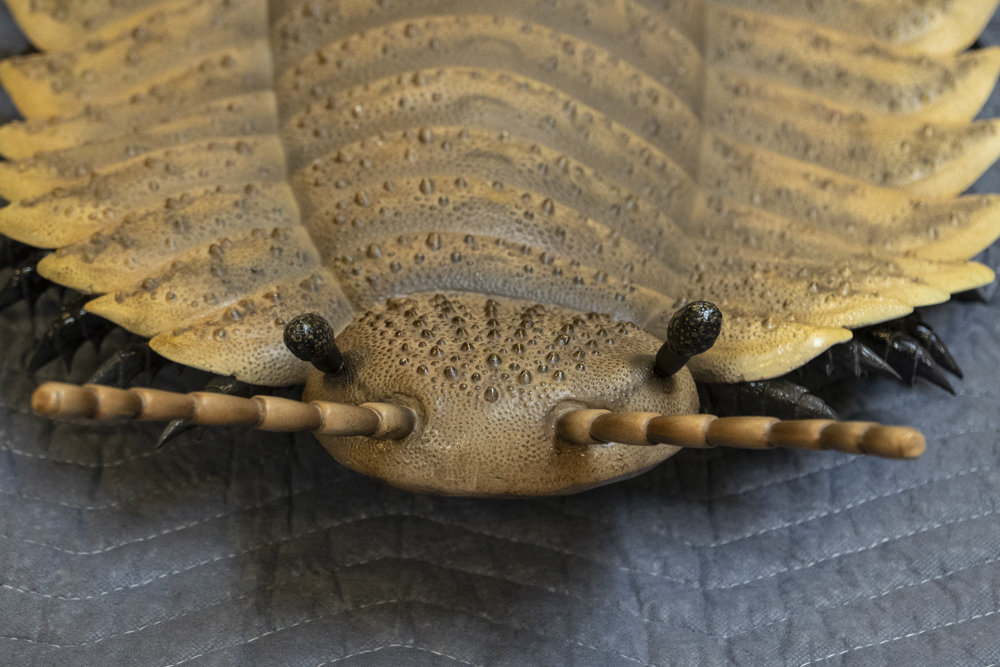
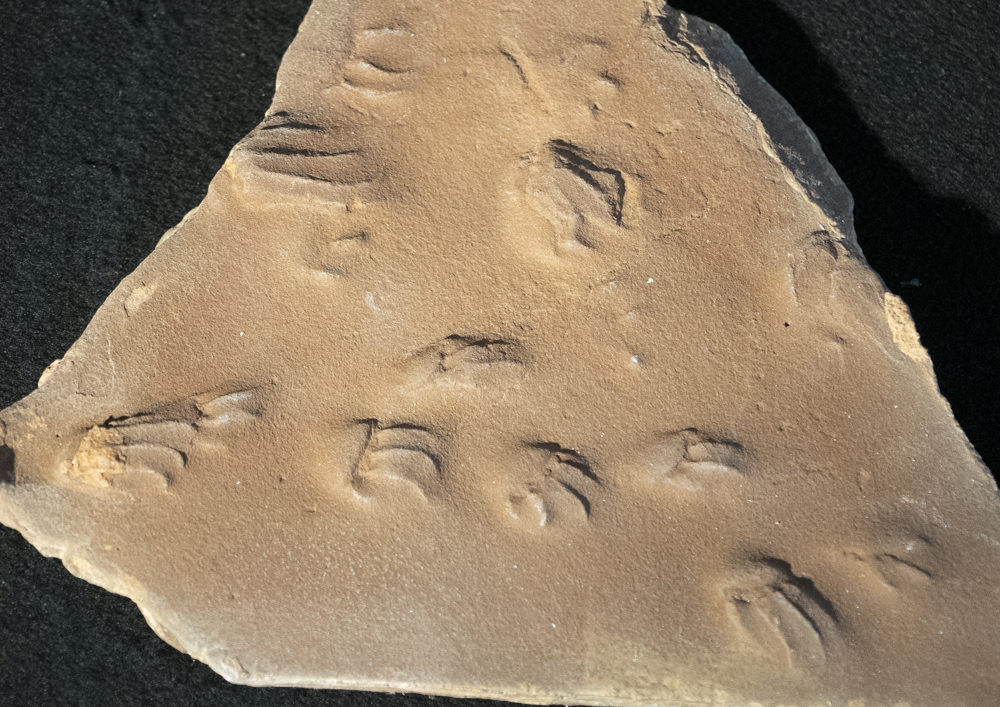
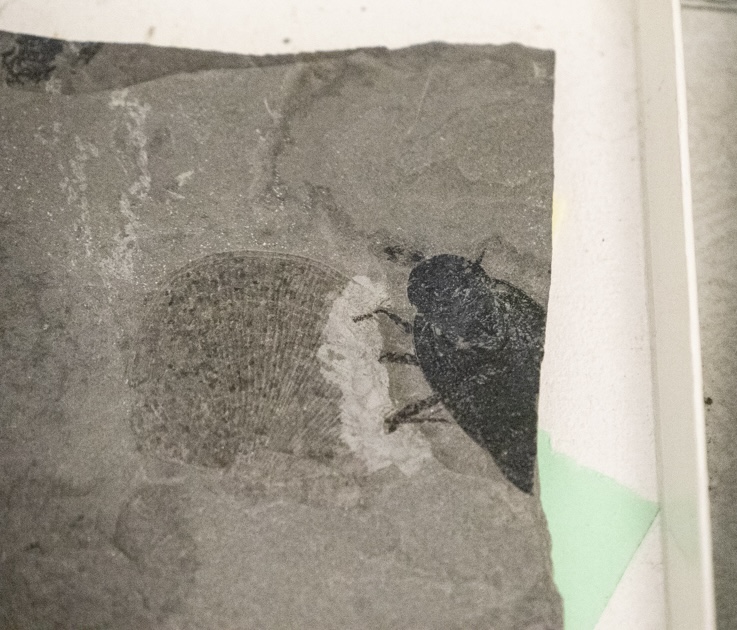
Cockroaches still rule!
Like this:
Like Loading...

by aramatzne@gmail.com | 23 Dec 2024 | Roads Taken
Solstice 2024 photo roundup
I wish you all peace, love, and joy for 2025.
xoxo T
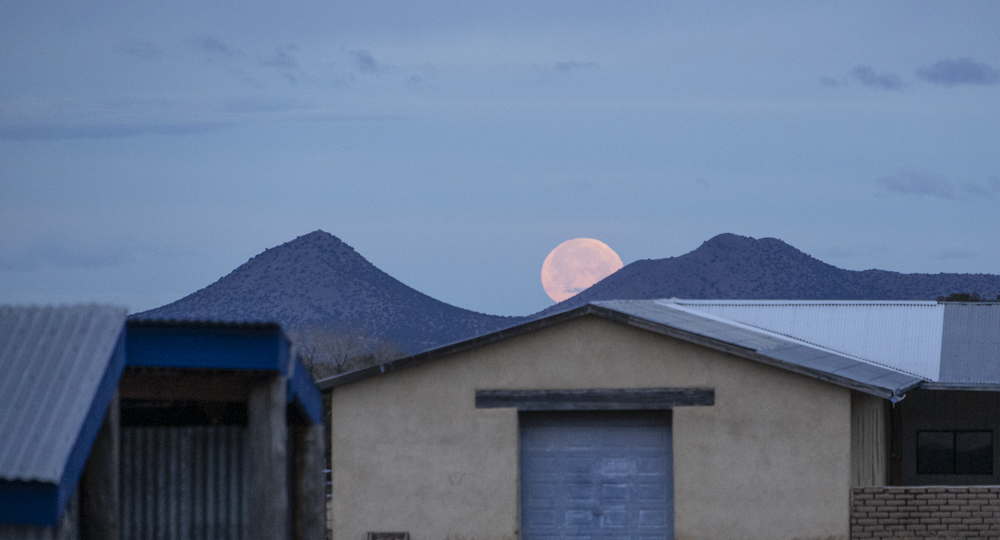
Moon set
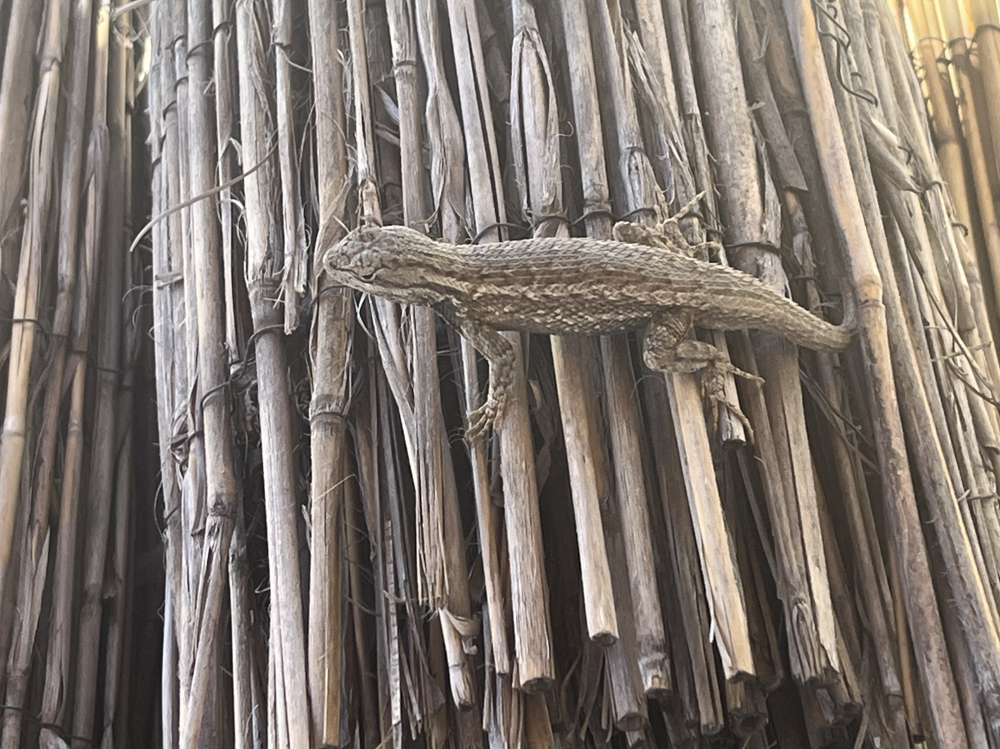
Porch sitter
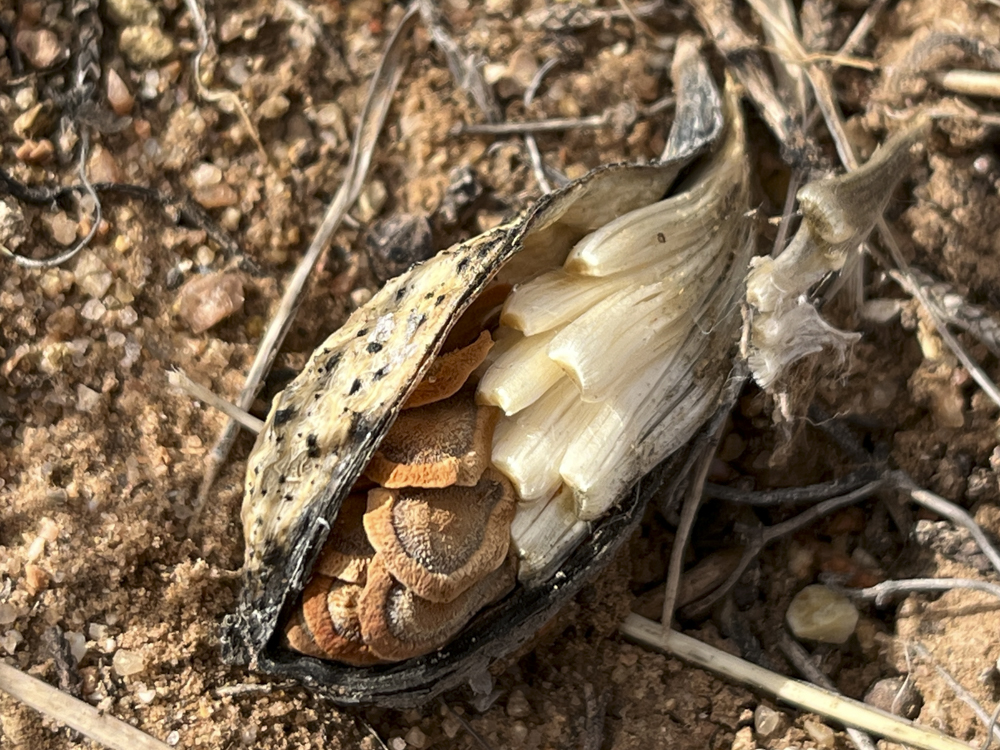
Desert milkweed
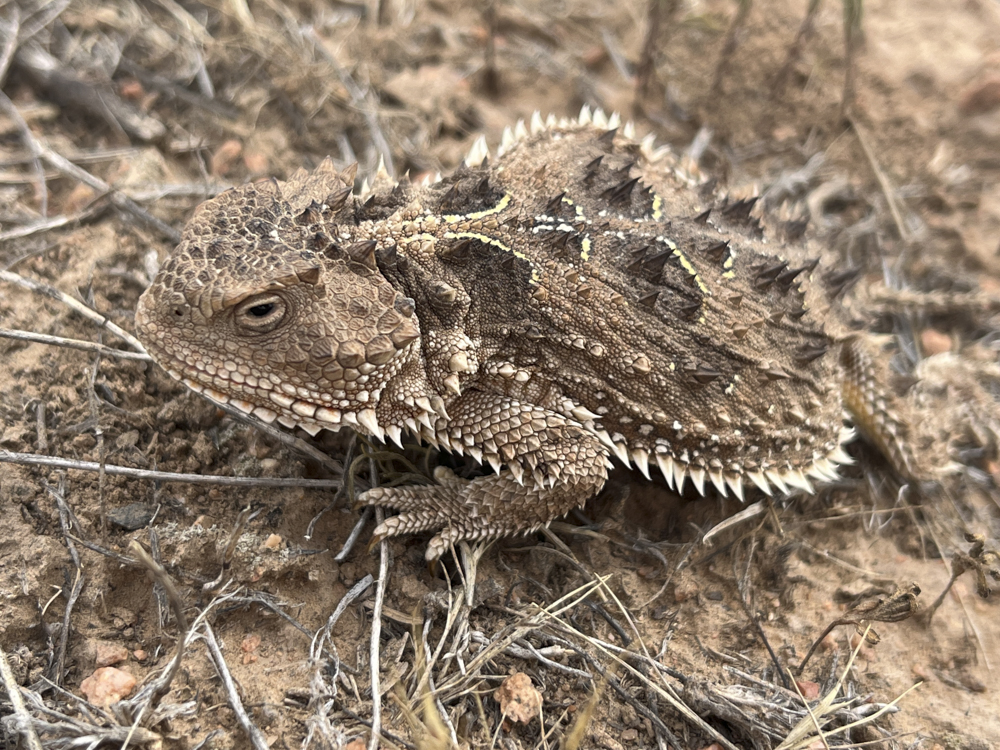
Horny toad!
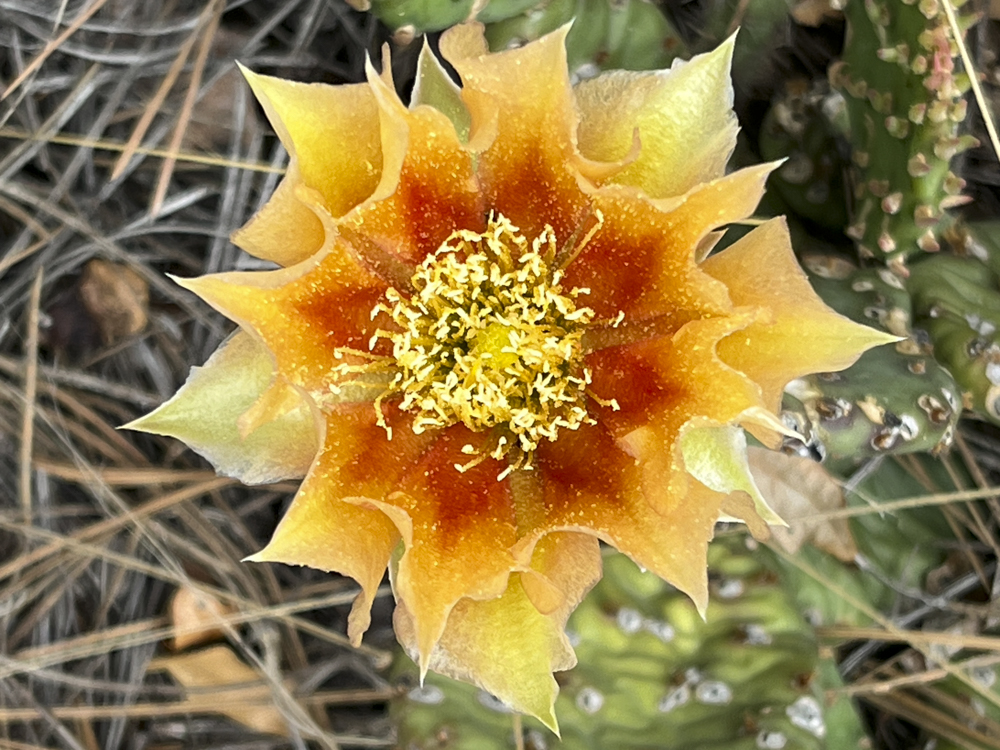
Cactus color
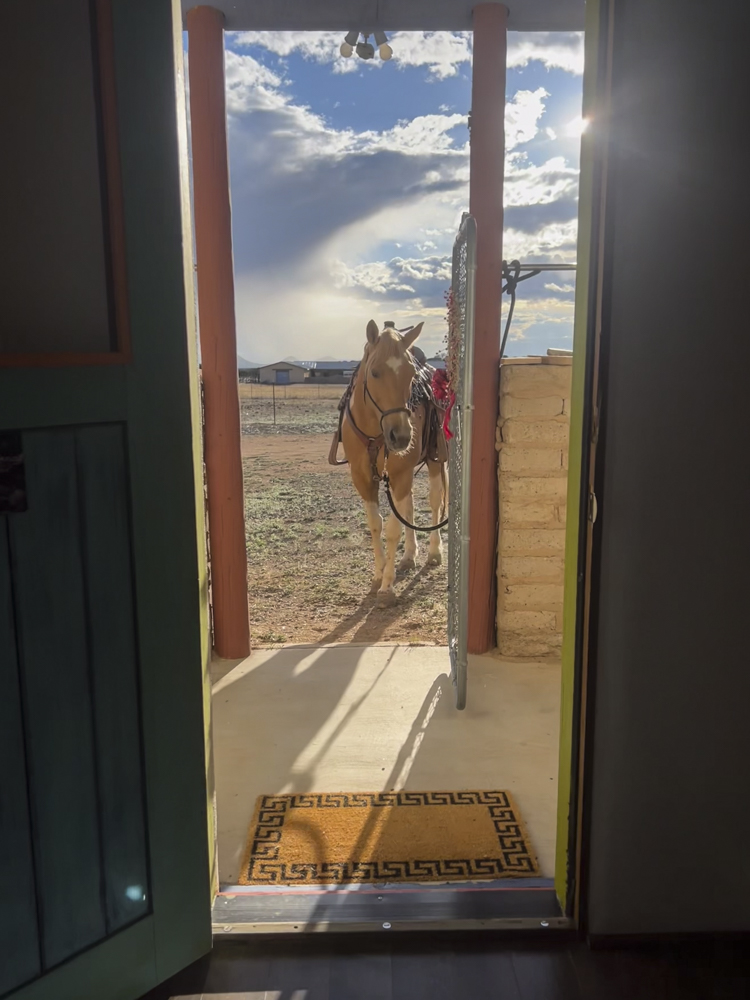
Out the front door
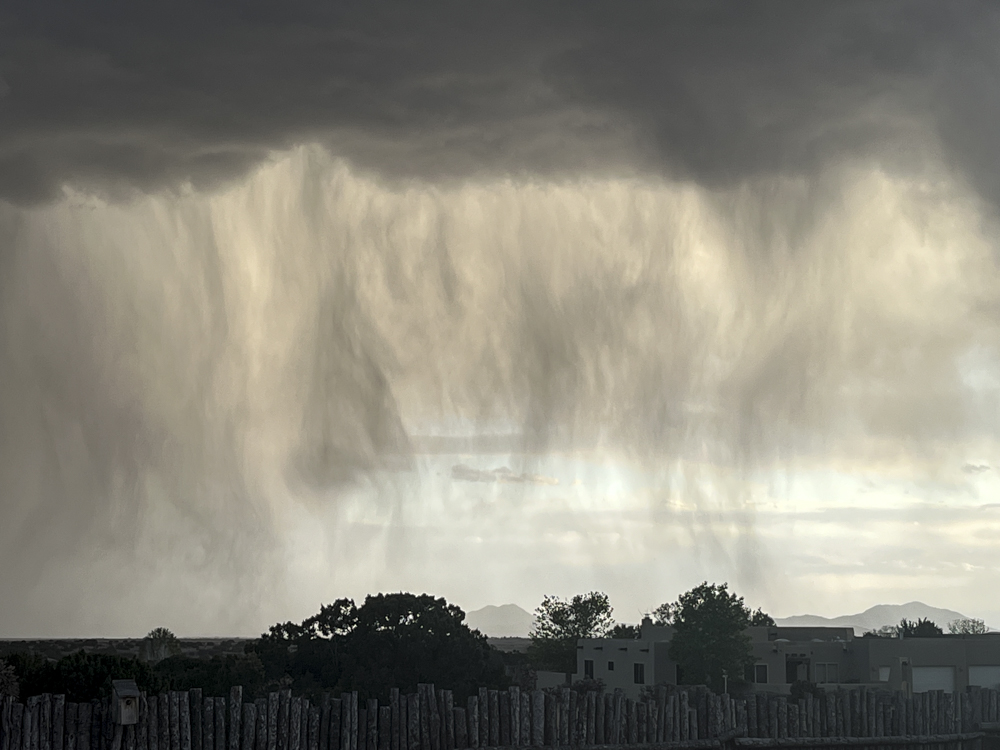
Virga
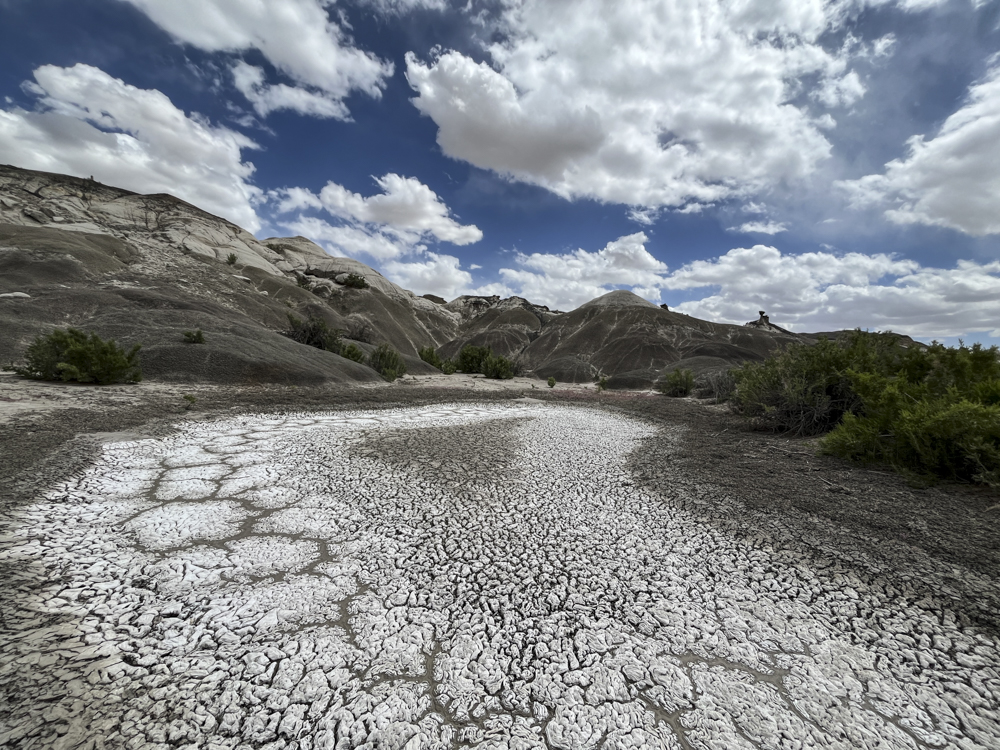
Dry spell
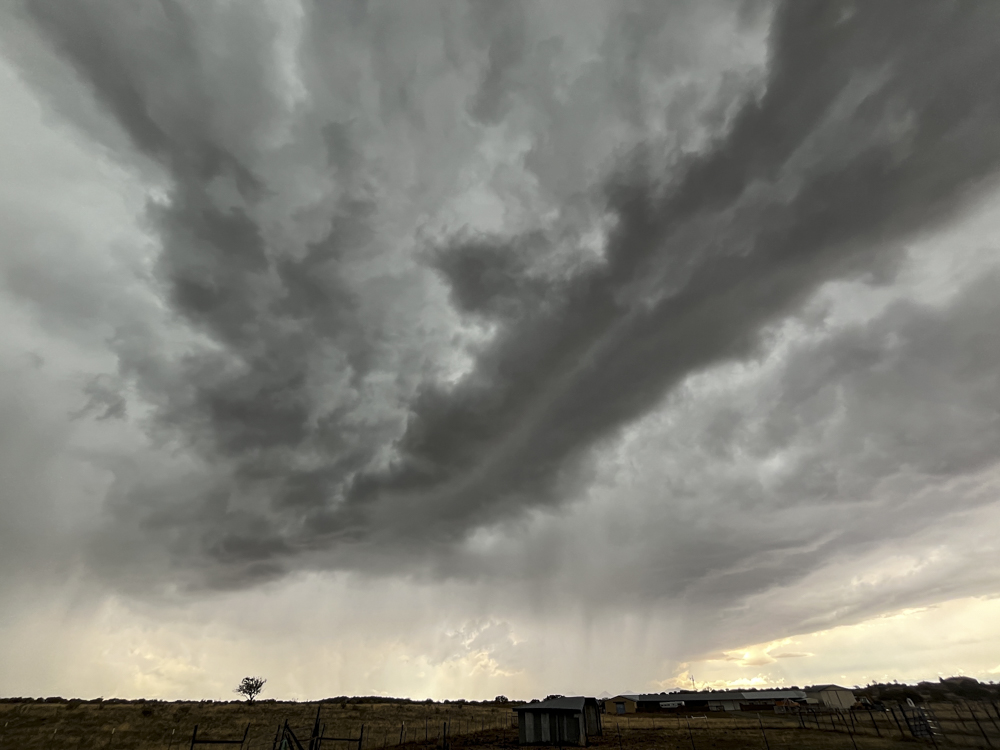
Summer storm
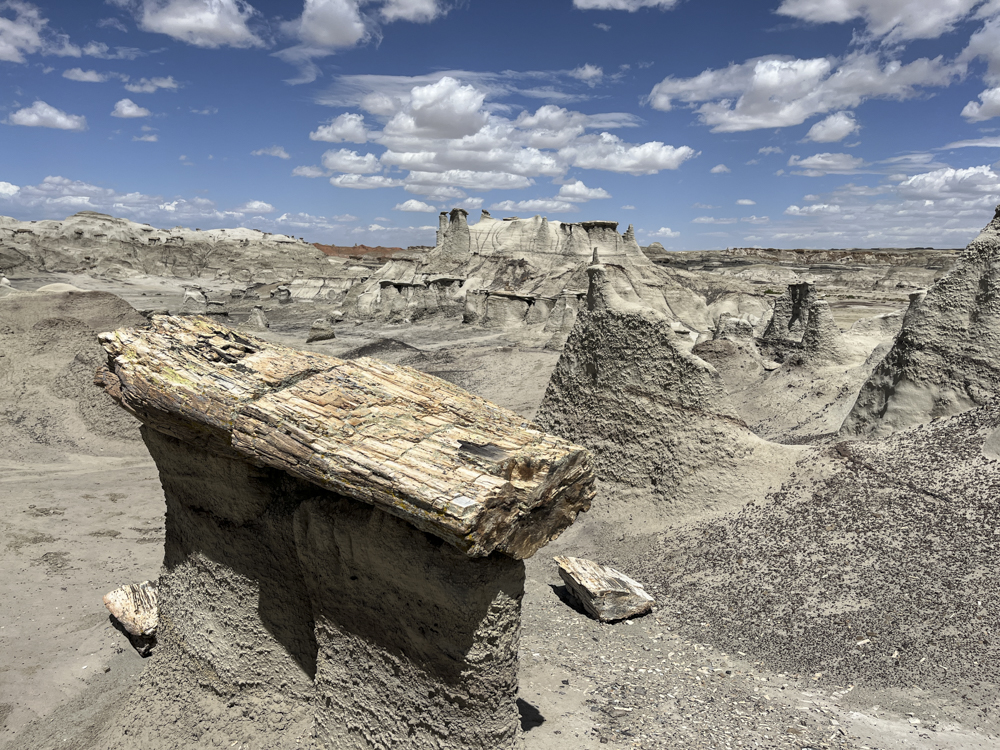
Petrified wood
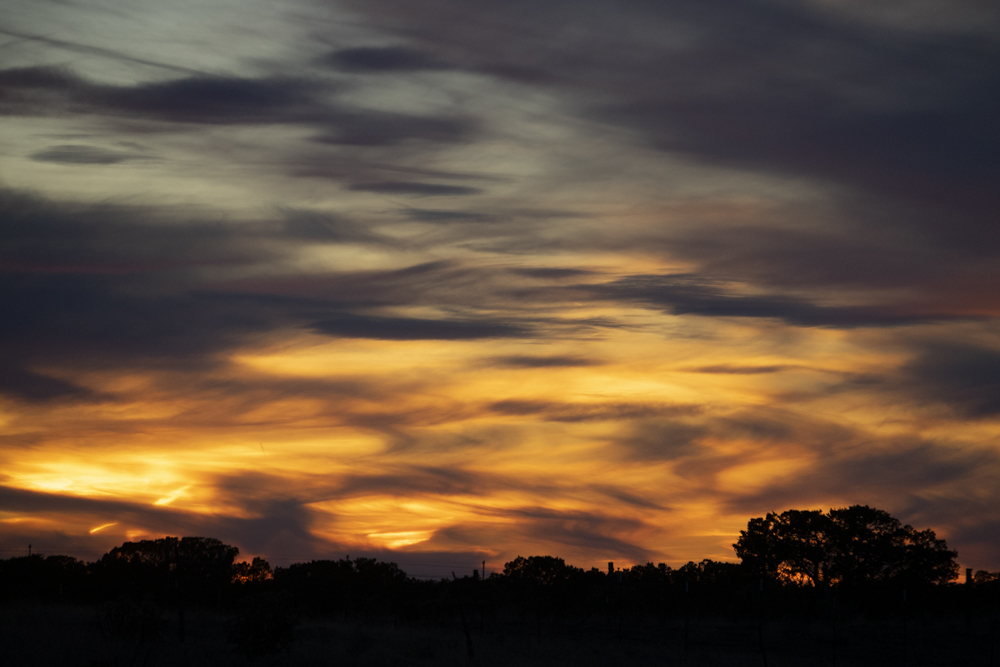
Painterly sky
Like this:
Like Loading...
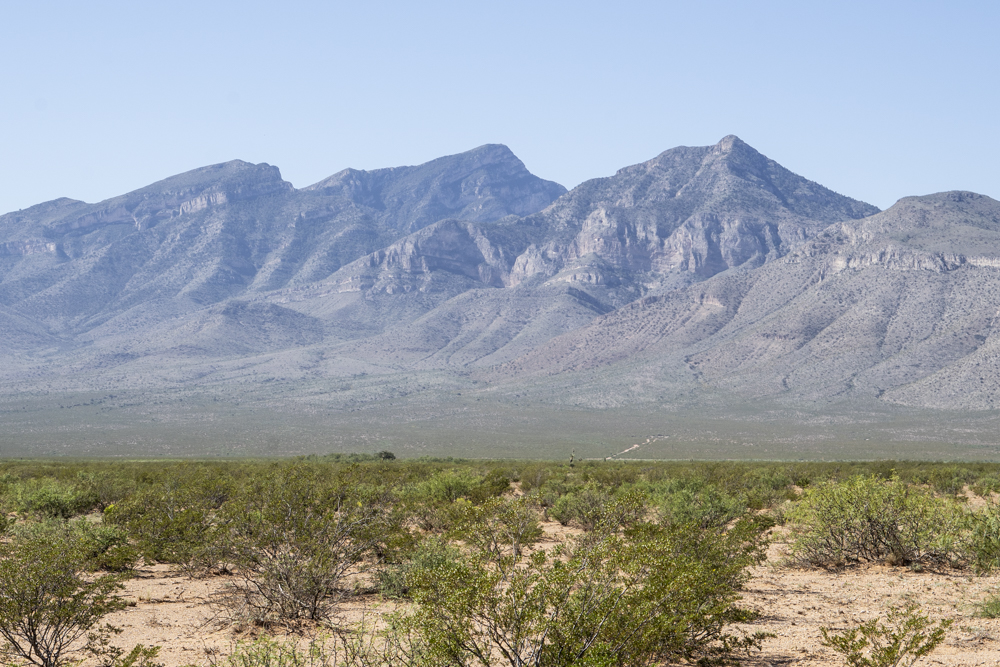
by aramatzne@gmail.com | 16 Sep 2024 | Roads Taken
The Big Hatchet Mountains
Last week, I drove south. En route to Tucson, Arizona, I took the long way through a backcountry by-way showcasing New Mexico’s geologic past, then spent the night in Las Cruces at the Big Chili Inn, home of the world’s largest chili pepper and plastic-encased mattresses. In the morning, I went west and south into the bootheel of New Mexico. Butting against Arizona to the west and Mexico to the east and south, the bootheel feels like its name. Some cowboy, standing tall in the north country, has Mexico under his heel.
This is basin and range country: massive, flat, open valleys with disconnected mountain ranges strewn randomly. The basins have no outlet, and what little water falls here, less than eight inches a year, pools here, waiting to evaporate. It doesn’t wait long.
The Continental Divide Trail begins just a few miles farther south, and if you’re ambitious, you can follow it 3,028 miles on foot to Canada. The Little Hatchet and Big Hatchet Mountains stretch northwest from the western Mexican border.
In a state where the middle of nowhere is where you are most often, the Big Hatchet Mountains are twenty-four miles and an hour’s drive from the nearest US town, which has a population of fifty. The western edge of Mexico, at the inside of the bootheel, is barely nine miles as the vulture soars or the migrant walks.
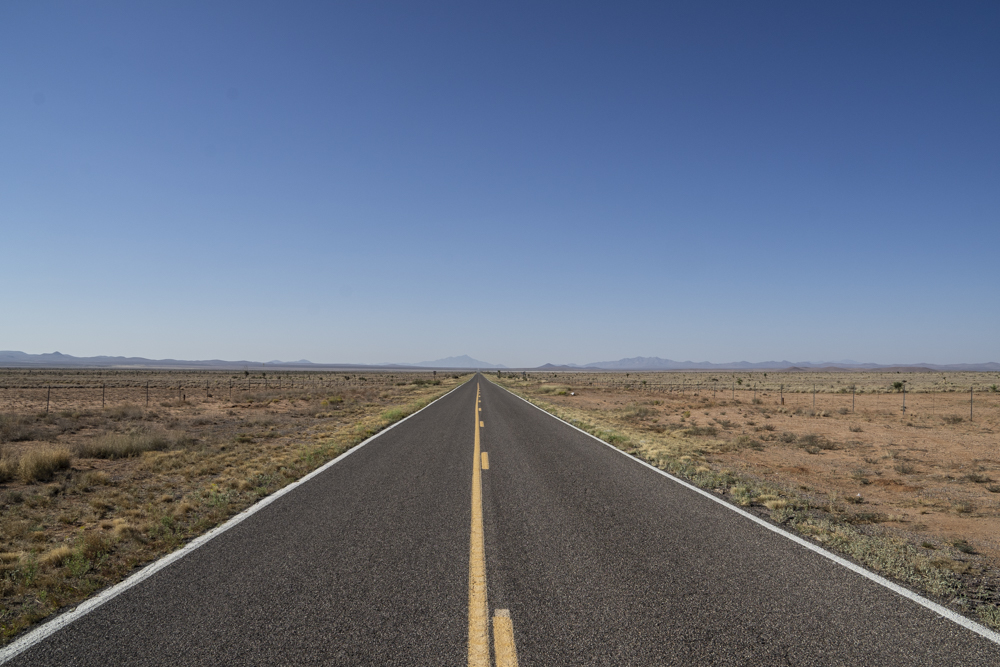
In my zippy little car, I cruise south. Stopping to take photos along the road, as I am wont to do, I attempt to capture the expanse of desert, the mountains climbing into the blue sky as the only relief from the cactus, the dust in the basin, and the temperature, not yet at noon, already at 98º. I haven’t seen another car for twenty minutes, but seemingly, within seconds of pulling over, a border patrol vehicle appears.
Do you need help?
No, I say, just taking photos.
Ok, I’ll get out of your way. He pulls away, drives 200 yards south, and pulls off the road, engine running, air conditioning on full blast as the day’s heat builds. I expect my license plate is being checked. Who stops here? Maybe a scheduled pick-up or a water cache drop-off.
I finish my photos and continue south, driving past the parked patrolman. I do my thing, poking around, stopping here and there. SUVs, pickups pulling trailers with ATVs, vans pulling cargo trailers pass me, all border patrol vehicles. We leapfrog each other. My dusty green car hopping around the black and white federal rigs, just me and thirty of my closest border patrol buddies hanging out in the desert.
The road, a chip-sealed tar and gravel affair, is mostly straight, deviating only to pass through the gap dividing the Little Hatchet Mountains to the north from the Big Hatchet Mountains to the south. As I move farther south on this simple, two-lane road, the shoulder lines and center stripe disappear. Along one or both sides appears a secondary dirt road, like the frontage road of interstate highways through big cities and wide-open states. I ponder this. And, then, I find old tires in a heap at the edge of the parallel road. Chained together, like the drags used to smooth snow for skiing or level a rodeo arena, they are used to clear the dirt lanes.
I stop again, pulling onto one of these dirt tracks; I park in the scant shade of a lone juniper. I scan with my binoculars, drink some water—a routine stop when exploring. Pulling back onto the paved road, I wait for a patrolman to pass, knowing I will only leapfrog again. But he stops—the same officer.
If you walk away from your car, make sure you drive over your tracks when you leave.
I must have had a blank look.
He gives me the movie-famous hand sign, index and middle fingers gesturing from eyes to the ground. We’re looking for tracks. This is a dangerous place. Be careful out here.
Yeah, yeah, I say, realizing the frontage roads force anyone walking through the desert to cross the swept-clean dirt that records every person who passes from desert to pavement. As he pulls away, I think to myself, I will cover every track I find. And I will offer water to any person I see.
Although it is a struggle to be human in this time and in this cultural landscape, if the hatchet comes down, I won’t surrender my humanity to border patrol.
Like this:
Like Loading...
by aramatzne@gmail.com | 15 Jul 2024 | Roads Taken
Last week, I was in Joseph, Oregon, for a writing workshop. Writers and readers from around the West came to connect and learn, explore, and expand. I dusted off this piece and read it at open-mic. I trust it will carry weight again—for the first reading or the tenth.
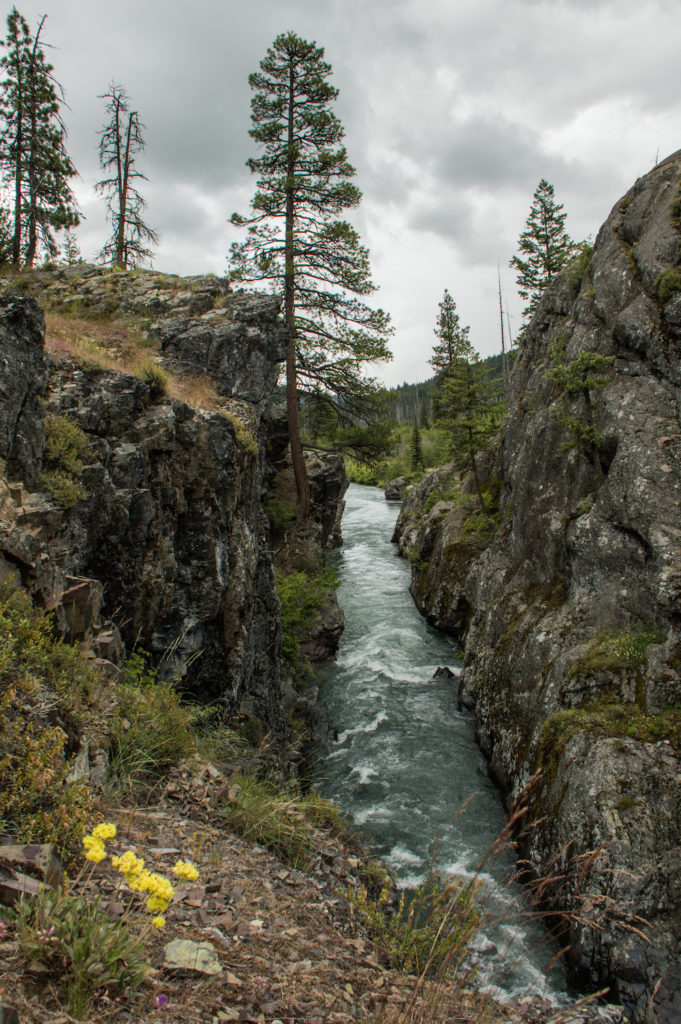
Full of snowmelt and spring rain, the Imnaha River squeezes through Blue Hole.
The Imnaha Dreams
Last summer camping on the Imnaha River, I had a dream. It was August, but on the river in the bottom of a forested canyon and at elevation in the Wallowa Mountains, it was cold. I slept in the bed of the pickup, curled into my down sleeping bag, with multiple layers of clothing and a hat. I don’t remember much about the dream except that it terrified me, and I awoke as I was about to be decapitated.
Startled awake with the sound of water rushing downstream to join the Snake River, the trees crowding in above me, and the stars brilliantly clear in the gaps between the branches far above, I wondered what had occurred on this site. I lay awake a long time thinking about the dream and whatever energy I had tapped into.
As happens, the year waned. The dream, all but forgotten, left my conscious memory.
Last week, I was camping on the Imnaha. I had a dream. It was June, but in the river bottom, in an open ponderosa pine park and in the spring rain at elevation in the Wallowa Mountains, it was cold. I was a few miles above the previous campsite; I slept in the camper in the bed of the pickup. Big Cat was with me. I don’t remember much about the dream except that it terrified me, and I awoke when every hair on the back of my neck and head was standing on end, both in the dream and not.
Jolted awake by the dream, I heard the river and the rain on the roof of the camper, I had the sense that I was in the wrong place. Lying awake, I remembered last year’s dream.
The Imnaha was home to the Niimíipu, the Nez Perce. These were the last grazing lands of Chief Joseph’s band. They lived in these canyons, in the mountains, and on the grassy slopes. They grazed their horses and lived their lives here, on a shrinking allotment of land “given” to them by the US government in this far-flung corner of Oregon and then slowly taken away again as white settlers discovered its value. There were promises and skirmishes and then Chief Joseph fled with other Nez Perce who would not agree to forced relocation to a reservation.
Most of us have heard some piece of this story. Pursued by numerous factions of the U.S. military, they crossed the Snake River, the mountains of Idaho, and The Big Hole in Montana. They wove their way through Yellowstone, the Sunshine Valley, the Absaroka Mountains, and north again to the Bear Paw Mountains of central Montana. Finally, after 1,170 miles and multiple battles, they surrendered. They were 40 miles from the Canadian border. They were relocated to Kansas, and Chief Joseph was never allowed to return to the Imnaha.
I don’t claim to have any connections to the past, no clairvoyance; I don’t channel spirits. But, I believe that the land remembers a lot of things we choose to forget. There was peace and there was some type of balance. Then, there was not. Everything has energy; we all come from entropy, take shape, and then return to entropy. Blood that soaks into the soil, flesh, and bone scattered by scavengers and decay doesn’t cease to exist; it takes a new form.
Maybe the dreams were just dreams, my subconscious pushing me into places I don’t want to go or reminding me of things I have not fully processed. Despite the terror that woke me, I don’t think the violence was directed at me. I think it was a reminder.
The river, the forest, and people, both Native American and, at this point, of European descent too, have flowed through this place for generations. Today, we often camp in remote places and feel some sense that we have discovered them for the first time, no matter the fire ring, the litter, or the road. We read the roadside signs about what was, who was, and when it was. We snap a photo. We move on.
We forget that there were others in this place long before any of us discovered it. Not just people passing through on a summer trip but those who lived and died here, sometimes violently, sometimes unjustly.
The next night before sleeping, I smudged the camper, the truck, and myself, burning sage as an offering to the people who came before us and in their memory. Water, trees, people will continue to flow through this land. May it be a more peaceful journey for us all.
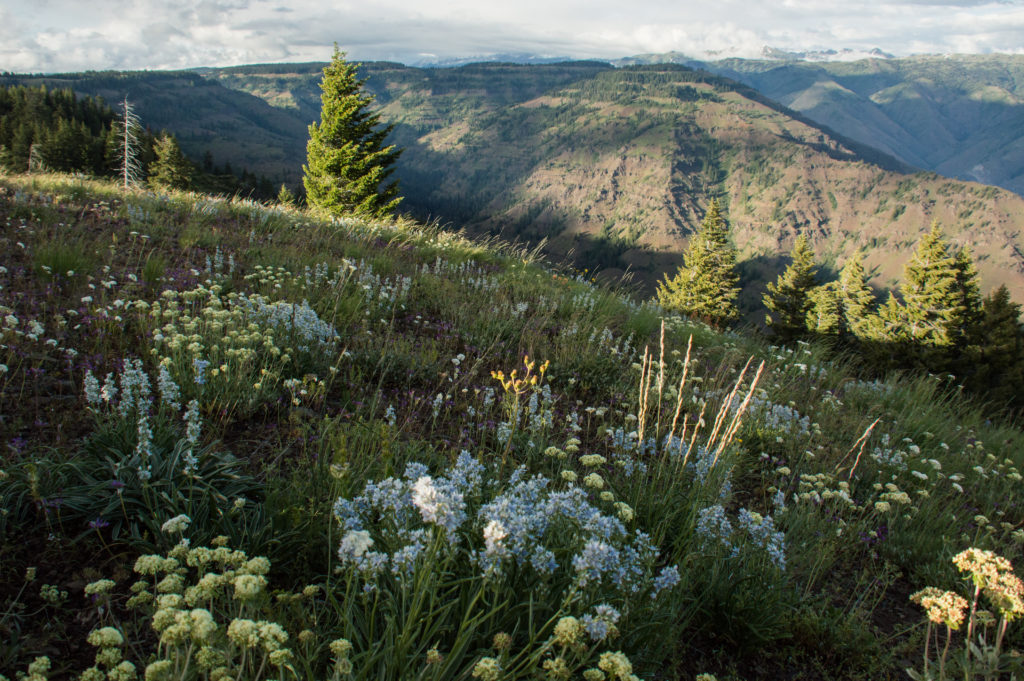
Early summer wildflowers spread across the open ridge line.
Like this:
Like Loading...
by aramatzne@gmail.com | 15 Jul 2024 | Musing, Roads Taken
Last week, I was in Joseph, Oregon, for a writing workshop. Writers and readers from around the West came to connect and learn, explore, and expand. I dusted off this piece and read it at open-mic. I trust it will carry weight again—for the first reading or the tenth.

Full of snowmelt and spring rain, the Imnaha River squeezes through Blue Hole.
The Imnaha Dreams
Last summer camping on the Imnaha River, I had a dream. It was August, but on the river in the bottom of a forested canyon and at elevation in the Wallowa Mountains, it was cold. I slept in the bed of the pickup, curled into my down sleeping bag, with multiple layers of clothing and a hat. I don’t remember much about the dream except that it terrified me, and I awoke as I was about to be decapitated.
Startled awake with the sound of water rushing downstream to join the Snake River, the trees crowding in above me, and the stars brilliantly clear in the gaps between the branches far above, I wondered what had occurred on this site. I lay awake a long time thinking about the dream and whatever energy I had tapped into.
As happens, the year waned. The dream, all but forgotten, left my conscious memory.
Last week, I was camping on the Imnaha. I had a dream. It was June, but in the river bottom, in an open ponderosa pine park and in the spring rain at elevation in the Wallowa Mountains, it was cold. I was a few miles above the previous campsite; I slept in the camper in the bed of the pickup. Big Cat was with me. I don’t remember much about the dream except that it terrified me, and I awoke when every hair on the back of my neck and head was standing on end, both in the dream and not.
Jolted awake by the dream, I heard the river and the rain on the roof of the camper, I had the sense that I was in the wrong place. Lying awake, I remembered last year’s dream.
The Imnaha was home to the Niimíipu, the Nez Perce. These were the last grazing lands of Chief Joseph’s band. They lived in these canyons, in the mountains, and on the grassy slopes. They grazed their horses and lived their lives here, on a shrinking allotment of land “given” to them by the US government in this far-flung corner of Oregon and then slowly taken away again as white settlers discovered its value. There were promises and skirmishes and then Chief Joseph fled with other Nez Perce who would not agree to forced relocation to a reservation.
Most of us have heard some piece of this story. Pursued by numerous factions of the U.S. military, they crossed the Snake River, the mountains of Idaho, and The Big Hole in Montana. They wove their way through Yellowstone, the Sunshine Valley, the Absaroka Mountains, and north again to the Bear Paw Mountains of central Montana. Finally, after 1,170 miles and multiple battles, they surrendered. They were 40 miles from the Canadian border. They were relocated to Kansas, and Chief Joseph was never allowed to return to the Imnaha.
I don’t claim to have any connections to the past, no clairvoyance; I don’t channel spirits. But, I believe that the land remembers a lot of things we choose to forget. There was peace and there was some type of balance. Then, there was not. Everything has energy; we all come from entropy, take shape, and then return to entropy. Blood that soaks into the soil, flesh, and bone scattered by scavengers and decay doesn’t cease to exist; it takes a new form.
Maybe the dreams were just dreams, my subconscious pushing me into places I don’t want to go or reminding me of things I have not fully processed. Despite the terror that woke me, I don’t think the violence was directed at me. I think it was a reminder.
The river, the forest, and people, both Native American and, at this point, of European descent too, have flowed through this place for generations. Today, we often camp in remote places and feel some sense that we have discovered them for the first time, no matter the fire ring, the litter, or the road. We read the roadside signs about what was, who was, and when it was. We snap a photo. We move on.
We forget that there were others in this place long before any of us discovered it. Not just people passing through on a summer trip but those who lived and died here, sometimes violently, sometimes unjustly.
The next night before sleeping, I smudged the camper, the truck, and myself, burning sage as an offering to the people who came before us and in their memory. Water, trees, people will continue to flow through this land. May it be a more peaceful journey for us all.

Early summer wildflowers spread across the open ridge line.
Like this:
Like Loading...

































